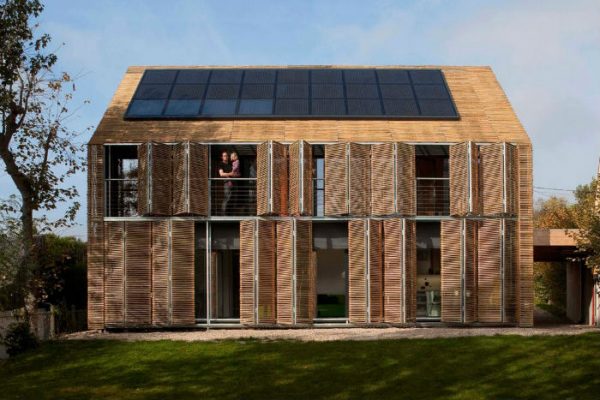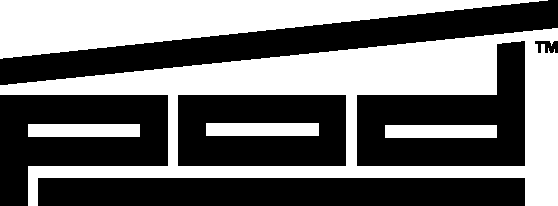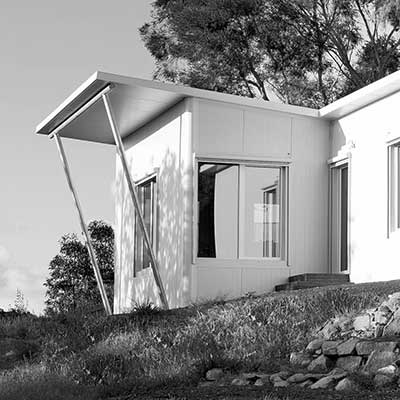
Finally, we got inside the very first certified passivhaus in the world.
I first saw the outside of this house, the home of Dr Wolfgang Feist, founder of the International Passive House Institute, a number of years ago on a trip to Darmstadt, Germany. That’s when I first started examining the Passive House Standard in detail.I didn’t know then how assertive and groundbreaking this standard is.
I didn’t know how different it was from the way we build in Australia. I knew it was different – but I didn’t know by just how much.
I didn’t know how resistant people can be to change, even change for the better.
I didn’t know how many times I would hear the phrase “passive house is not relevant in Australia.”
Comfort levels are well documented. The absence of mould during this 25-year period is clear. Even the filters in the air ventilation unit were clean after years of use. But in Australia, people keep saying that “passive house” isn’t relevant to our “climate” (as if we only have one climate).
True, Germany is different from Australia. They face south to get the sun, whereas we face north. They generally get colder than us in winter, and in summer, not quite as hot.
But keeping comfortable is the same the world over. Humans are animals. We need to be within an optimum range of temperatures to survive, to stay healthy, to sleep, and to feel comfortable. Whether it’s cold outside and you need to keep warm, or it’s hot outside and you need to cool down, you are still aiming for that optimum temperature range. The comfort range doesn’t change, just the temperature outside.
And the way we condition buildings is the same the world over, in that we use energy to try and create this comfortable temperature range for ourselves. Whether produced by coal, sun or wind; whether conserved or wasted; whether recycled or generated over and over; whether produced in a clean way, or with a big carbon footprint; it’s energy we use to treat the air in our buildings.
It is definitely better to use renewable energy, like the sun or wind, rather than coal, but whatever climate we are in, one goal is clearly becoming more and more important – we must strive to reduce our energy requirements.
That’s because our individual climates or microclimates are part of a bigger picture: climate change, something that threatens the lives of everyone on the planet.
Reducing our energy requirements can be a challenge. And in designing buildings, people tend to forget that recycling and re-using energy is better than creating it.
This is why most of our buildings are not too good at recycling energy. Instead, they rely on creating energy to condition the interiors. And when something happens to the power sources upon which we so heavily rely, we may find ourselves in an unplanned situation, like times of peak demand, when we get blackouts because the system can’t cope, even though those times are few and far between, or like times when our usual source of power breaks down.
Take Tasmania, (the clean state), whose power comes from running water: hydroelectricity. You would think you can’t get much more “eco” than that.
Unfortunately, this is where our continued dependency on exterior sources of energy can tend to get us into trouble.
Tasmania in fact sold much of their hydroelectricity to Victoria, transporting it across an $800 million cable which runs under Bass Strait called “Basslink.” Then they experienced a period of low rainfall, and consequently tried to get some power back across Bass Strait from Victoria.
However, energy needs infrastructure (and often lots of it), and as luck would have it, the Basslink broke.
The exact nature and position of the break proved extremely difficult to identify and remedy, and has cost an incredible amount of money to date.
Tasmania was only able to meet its immediate and continuous energy demand by importing numerous diesel generators, amongst other solutions like early cloud seeding. As a result, non-renewable diesel power is now contributing significantly to the energy demands of the “clean state.” Those who have generators should know how to use a generator safely to avoid dangers and further repairs!
How eco is that?
The Minister for Energy has been keen to explain that Tasmanians’ sources of energy are assured. An Energy Supply Plan is now necessary.
“Hydro Tasmania and the Government will continue to provide regular updates on the Energy Supply Plan,” read a recent media release from the state’s Energy Minister. “Tasmanians can be assured we will do everything necessary to maintain energy security and that the Plan is working.”
It’s interesting to see that a lack of energy gives rise to issues of “security.”
If we had more energy efficient building designs, we would be less dependent on external sources of energy. We could maintain energy security more easily.
If buildings use significantly less power overall (while maximising comfort and health), then surely the stress load on any system will be so radically reduced that the concepts of overloading and peak demand will have a very different meaning and outcome.
That’s where the Passive House Standard has something to teach us, something to offer.
Take a look at the power needed by a Certified Passive House. Depending on the time of year and position of the house:
- A passive house can stay between 23 and 25 degrees inside without air-conditioning even if it’s 35-plus degrees outside
- That same passive house can stay 20 degrees inside without heating even if it’s 10 degrees outside
People living in such a house will be much more comfortable than those in most other houses, without needing nearly the same amount of heating or cooling – even with no active heating or cooling and this is an essential part of the Process of Home Renovation to be a success.
How eco is that?
In a place like Melbourne, or Hobart, it is more often cold than hot. True, as I said to the Germans, Melbourne or Hobart are a bit warmer than Germany. But that does not make them “warm.” – it just makes them less cold.
The southern Australian states still need significant heating for much of the year. We still get uncomfortably cold quite a lot, and here’s another little known fact: more people die from the cold in Melbourne than in Sweden.
This is because our buildings are so poorly designed and constructed, some people can’t afford to heat them.
On the other hand, the interiors of buildings in the hot parts of Australia need to be cooled down for human comfort. Leaky buildings let the heat in, let the cool air escape, and also bring in humid and moist air to increase sweaty, unhealthy, mouldy conditions inside.
A controlled environment, properly designed, which stays cooler and keeps out moisture and humidity, with much less power, simply has to be the best solution.
With all this in mind, it’s hard to understand why people continue to say that “passive house is not relevant in Australia”, or “passive house is not relevant in warm climates.”
That’s what I said to the crowd in Germany. And this knowledgeable crowd of experts certainly agreed.





